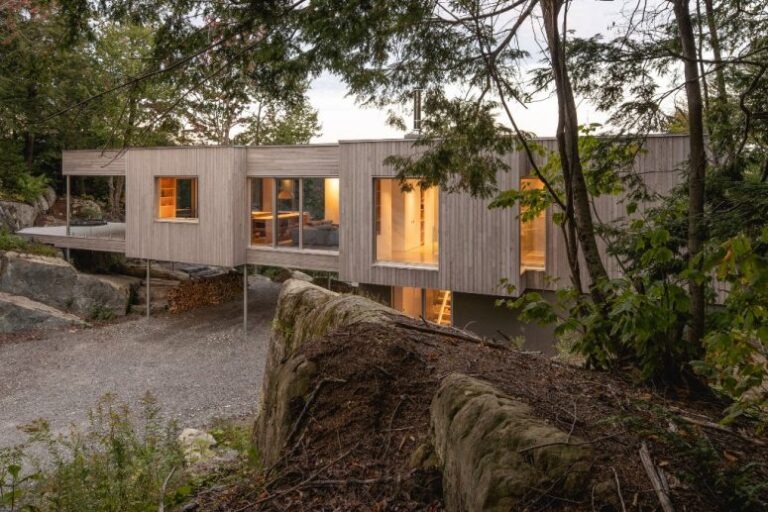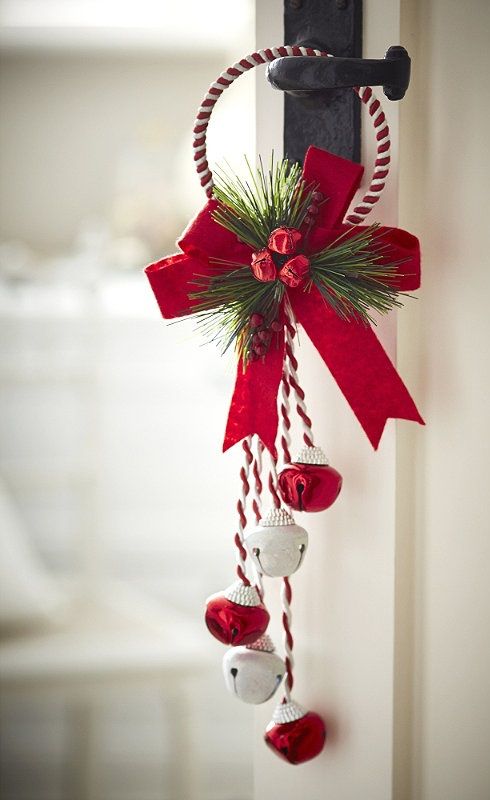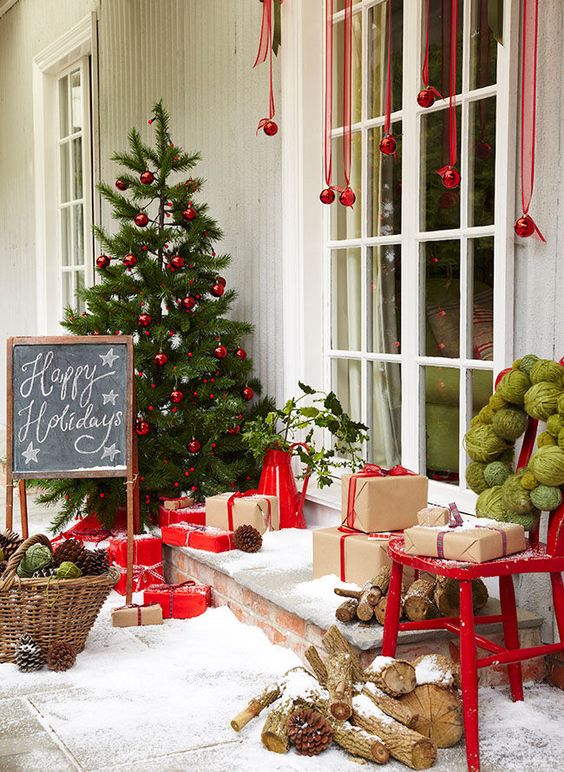These Colors Dominated Homes for the Past 70 Years – House Colors by Decade
Some home decor colors just have a decade, you know? Try looking at neon pink and not thinking “’80s arcade/mall/dream basement”. Or thinking at an avocado green wall and not immediately remembering the very mid-century “Brady Bunch” house. And I would place money on future generations looking at a millennial pink room and saying, “That’s so late 2010s”.
The decor, furnishings, and surfaces inside homes tell the story of the past near-century in just about the most vivid way possible. They reflect sensibilities, current events, and popular tastes in a way few other things can. Here’s a look back at the past seven decades and the top color trends from each. Turns out, like fashion, home design can be cyclical, and certain colors have periodically gone in and out of vogue—and are starting to come back yet again.
The 1950s: A Pastel Party
With the mid-century modern movement starting to kick off, Atomic style in full swing, and tropical palettes coming into focus with Hawaii’s official statehood at the end of the decade, color was a little all over the board in the 1950s. You can’t talk about ’50s style without mentioning the pale pastels that began dominating kitchens and bathrooms though, chief among them being light pink (hello, Mamie pink!), mint green, and pale yellow.
Not only were cabinets, floors, and walls awash in these candy-colored hues, but appliances also got in on this color story, too. Chartreuse and lilac were also used liberally. Some of these spaces are still in tact today, and the use of sunny, happy colors (in contrast to the wartime neutrals and grays) might have had something to do with the optimism of the post-war boom.
Today’s most popular toast topping was also making major waves in the late 1960s—that is, in terms of house colors. While modern homeowners swoon over sleek, stainless steel fixtures, that the norm a few decades back, as color was unapologetically present in the cook space and beyond. For whatever reason, avocado green emerged as a characteristic color, likely because it could hang with the psychedelic palette that was dominating pop culture, fashion, and art. Moreover, avocado also played well with the mid-toned wooden cabinetry and clean-lined mid-century furniture that emerged as true fixtures in the fashionable American home this decade.
Warm, groovy colors continued into the 1970s, with harvest gold, which closely resembles an amber yellow, overtaking avocado. That said, the ’70s palette became decidedly more earthy and nature-inspired on the whole. Interestingly enough, these color choices may have had a deeper cultural meaning—as Sherwin-Williams‘ website notes, “Earth tones dominate in this era, as the ‘earth movement’ began in earnest in 1970 with the first Earth Day.”
Rust oranges, reds, and chocolate browns were also popular picks during this time period, which tracks considering all of the tonal, textured macramé pieces, shaggy rugs, and saturated-colored carpets that were rising in popularity. Warm colors just look cozy and welcoming for interiors, especially when tactile textures are part of the mix, and it’s possible that Americans were craving comfort again after some turbulent years.
Sure, color in the mid-1980s saw what Sherwin-Williams describes as “The Miami Vice” effect, which brought a resurgence of some of those 1950s pastels, only paired with pops of neon pink and blue this time around. If the ’80s had to be boiled down to one shade, however, it’d have to be mauve. This pink-meets-purple color, which takes its name from the mallow wildflower, popped up on everything from bathroom fixtures to dainty Laura Ashley wallpapers and drapery as well as paint, carpeting, and even sofas.
Sometimes pale and other times saturated, you’d be hard-pressed to find a house that didn’t have some kind of accent in this of-the-moment shade. Mauve was often paired with peach, pink, or blue, and color palettes, on the whole, were much cooler than the 1970s. Teal started to gain some traction, too, and by the end of the decade, things were headed into greener pastures.
This dark, classic rain boot hue made a big splash indoors in the early ’90s. “Most often paired with burgundy, this iconic ‘celebrity couple’ combination of colors was seen everywhere from walls to cabinets, with brass accents completing the look,” according to PPG Paints. Later in the decade, green retreated somewhat back into groovy territory with limes and acid greens becoming strong accent colors. Why all the green? It’s possible that this time of economic growth somehow infiltrated the home design world—green is the color of prosperity and wealth, after all.
An Atlas Obscura article, which takes a deep dive into the 2000s beige trend, traces this color’s prominence to the rise of McMansions and the housing boom before the financial collapse of 2008 as well as the growing popularity of house flipping, fueled by round-the-clock reno programming on HGTV. Beige building materials and paint colors were neutral elements thought to appeal to the most prospective home buyers, therefore increasing a home’s value down the line.
There’s still a fair amount of beige in homes today, given the prevalence of the boho, minimalist aesthetic. Nowadays though, it’s often juxtaposed with other shades, such as black, white, or even green in the form of plants. There’s also some thought that beige on its own is coming back around. This time though, it’s less of a bland oatmeal or Tuscan stucco and warmer and richer—closer to a velvety tan, camel, or the light, latte-colored shade you see in the living room above.
2010s: Fifty Shades of Gray
“Gray is hot and seemingly here to stay,” The Washington Post wrote in 2016. The hue has been the go-to neutral for those selecting sofas, headboards, and cushioned chairs in recent years, but it’s truly been incorporated in every room of the house, even the bathroom, as the article highlights. Its popularity seems to have most largely stemmed from its versatility. Gray can hang with black, white, and really works with every color in the rainbow. It’s also a fairly atmospheric shade, which made it just edge white out as the “it” color for walls in this decade, too.
The millennial pink prevalence of the late 2010s has started to disappear, but it’s anyone’s guess to see what hues will prevail as this new decade unfolds. Blues are a likely bet, given the resurgence of tie-dye, the presence of grandmillennial style (which often incorporates classic navy and powder blue chinoiserie prints), and a continued focus on wellness and natural elements like water.





Leave a comment